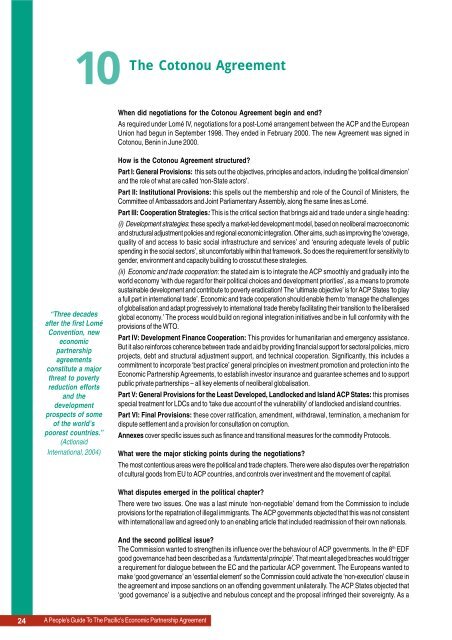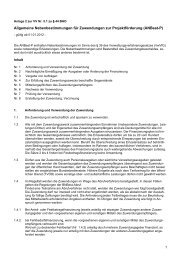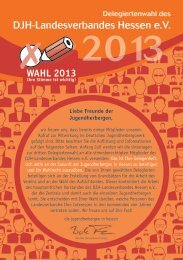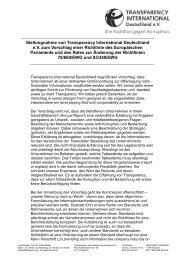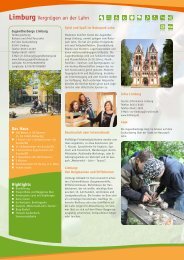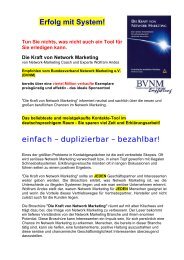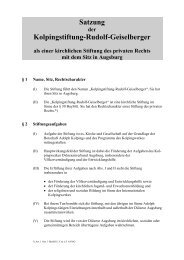REPA Booklet - Stop Epa
REPA Booklet - Stop Epa
REPA Booklet - Stop Epa
Create successful ePaper yourself
Turn your PDF publications into a flip-book with our unique Google optimized e-Paper software.
10<br />
The Cotonou Agreement<br />
When did negotiations for the Cotonou Agreement begin and end?<br />
As required under Lomé IV, negotiations for a post-Lomé arrangement between the ACP and the European<br />
Union had begun in September 1998. They ended in February 2000. The new Agreement was signed in<br />
Cotonou, Benin in June 2000.<br />
“Three decades<br />
after the first Lomé<br />
Convention, new<br />
economic<br />
partnership<br />
agreements<br />
constitute a major<br />
threat to poverty<br />
reduction efforts<br />
and the<br />
development<br />
prospects of some<br />
of the world’s<br />
poorest countries.”<br />
(Actionaid<br />
International, 2004)<br />
How is the Cotonou Agreement structured?<br />
Part I: General Provisions: this sets out the objectives, principles and actors, including the ‘political dimension’<br />
and the role of what are called ‘non-State actors’.<br />
Part II: Institutional Provisions: this spells out the membership and role of the Council of Ministers, the<br />
Committee of Ambassadors and Joint Parliamentary Assembly, along the same lines as Lomé.<br />
Part III: Cooperation Strategies: This is the critical section that brings aid and trade under a single heading:<br />
(i) Development strategies: these specify a market-led development model, based on neoliberal macroeconomic<br />
and structural adjustment policies and regional economic integration. Other aims, such as improving the ‘coverage,<br />
quality of and access to basic social infrastructure and services’ and ‘ensuring adequate levels of public<br />
spending in the social sectors’, sit uncomfortably within that framework. So does the requirement for sensitivity to<br />
gender, environment and capacity building to crosscut these strategies.<br />
(ii) Economic and trade cooperation: the stated aim is to integrate the ACP smoothly and gradually into the<br />
world economy ‘with due regard for their political choices and development priorities’, as a means to promote<br />
sustainable development and contribute to poverty eradication! The ‘ultimate objective’ is for ACP States ‘to play<br />
a full part in international trade’. Economic and trade cooperation should enable them to ‘manage the challenges<br />
of globalisation and adapt progressively to international trade thereby facilitating their transition to the liberalised<br />
global economy.’ The process would build on regional integration initiatives and be in full conformity with the<br />
provisions of the WTO.<br />
Part IV: Development Finance Cooperation: This provides for humanitarian and emergency assistance.<br />
But it also reinforces coherence between trade and aid by providing financial support for sectoral policies, micro<br />
projects, debt and structural adjustment support, and technical cooperation. Significantly, this includes a<br />
commitment to incorporate ‘best practice’ general principles on investment promotion and protection into the<br />
Economic Partnership Agreements, to establish investor insurance and guarantee schemes and to support<br />
public private partnerships – all key elements of neoliberal globalisation.<br />
Part V: General Provisions for the Least Developed, Landlocked and Island ACP States: this promises<br />
special treatment for LDCs and to ‘take due account of the vulnerability’ of landlocked and island countries.<br />
Part VI: Final Provisions: these cover ratification, amendment, withdrawal, termination, a mechanism for<br />
dispute settlement and a provision for consultation on corruption.<br />
Annexes cover specific issues such as finance and transitional measures for the commodity Protocols.<br />
What were the major sticking points during the negotiations?<br />
The most contentious areas were the political and trade chapters. There were also disputes over the repatriation<br />
of cultural goods from EU to ACP countries, and controls over investment and the movement of capital.<br />
What disputes emerged in the political chapter?<br />
There were two issues. One was a last minute ‘non-negotiable’ demand from the Commission to include<br />
provisions for the repatriation of illegal immigrants. The ACP governments objected that this was not consistent<br />
with international law and agreed only to an enabling article that included readmission of their own nationals.<br />
And the second political issue?<br />
The Commission wanted to strengthen its influence over the behaviour of ACP governments. In the 8 th EDF<br />
good governance had been described as a ‘fundamental principle’. That meant alleged breaches would trigger<br />
a requirement for dialogue between the EC and the particular ACP government. The Europeans wanted to<br />
make ‘good governance’ an ‘essential element’ so the Commission could activate the ‘non-execution’ clause in<br />
the agreement and impose sanctions on an offending government unilaterally. The ACP States objected that<br />
‘good governance’ is a subjective and nebulous concept and the proposal infringed their sovereignty. As a<br />
24<br />
A People’s Guide To The Pacific’s Economic Partnership Agreement


